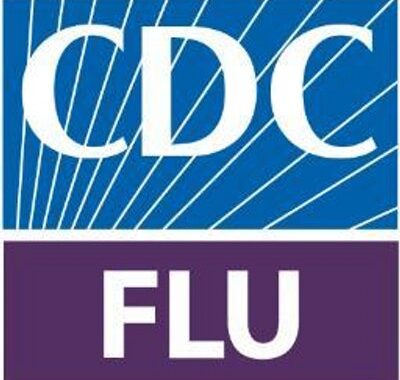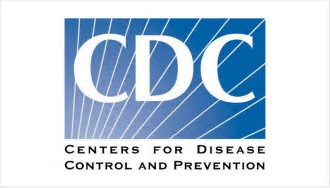As flu season intensifies, dental healthcare personnel (DHCP) play a vital role in protecting both…
Failed Spore Test? What Does it Mean…
In Case of a Positive Spore Test…
Weekly monitoring of sterilization procedures using biologic indicators, i.e. spore tests, to evaluate the sterilizing conditions and the equipment’s effectiveness is an important part of infection control. Both the Centers for Disease Control and Prevention (CDC) and the American Dental Association recommend, and most state dental boards require, that dental offices verify the proper functioning of the sterilization cycle at least weekly using a spore test. When spores are killed during a sterilization cycle, it is assumed that all microorganisms have been destroyed and sterilization is achieved.
Single positive spore tests in sterilizers occur sporadically, but do happen. Common factors for sterilization failures include chamber overload, excessive packaging material, inadequate exposure time, incorrect temperature/pressure settings, failure to preheat the sterilizer (if indicated), interruption of the sterilization cycle, and expired chemical solution (chemiclaves only). In the event of a positive spore test of a sterilizer, the CDC recommends the following procedures in its Guidelines for Infection Control in Dental Health-Care Settings–2003.
If the mechanical (e.g., time, temperature, and pressure) and chemical (i.e., internal or external) indicators demonstrate that the sterilizer is functioning correctly, a single positive spore test probably does not indicate sterilizer malfunction. The margin of safety is sufficiently large that there is minimal infection risk associated with items in a load that show spore growth, especially if the item was properly cleaned and the temperature was achieved (e.g., as shown by acceptable chemical indicator or temperature chart). Items other than implantable devices do not necessarily need to be recalled; however the spore test should be repeated immediately after correctly loading the sterilizer and using the same cycle that produced the failure.
While it is being retested, the sterilizer should be removed from service, and all records reviewed of chemical and mechanical monitoring since the last negative spore test. Also, sterilization procedures should be reviewed, including packaging, loading, and spore testing, with all persons who work with the sterilizer to determine whether operator error could be responsible. Overloading, failure to provide adequate package separation, and incorrect or excessive packaging material are all common reasons for a positive spore test in the absence of mechanical failure of the sterilizer unit. A second monitored sterilizer in the office can be used, or a loaner from a sales or repair company obtained, to minimize office disruption while waiting for the repeat spore test.
If the repeat test is negative, and chemical and mechanical monitoring indicate adequate processing, the sterilizer can be put back into service. If the repeat spore test is positive, and packaging, loading, and operating procedures have been confirmed as performing correctly, the sterilizer should remain out of service until it has been inspected, repaired, and rechallenged with spore tests in three consecutive empty chamber sterilization cycles. When possible, items from suspect loads dating back to the last negative spore test should be recalled, rewrapped, and resterilized.
OSHA Review, Inc. provides sterilizer monitoring services in all 50 states through the Spore Check System. The Spore Check System is endorsed by the Arizona, California, Ohio and Texas Dental Association.



